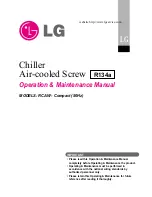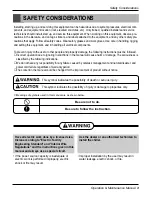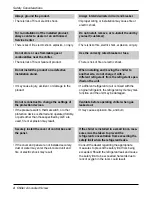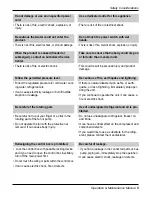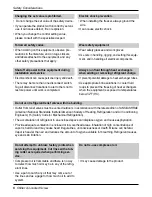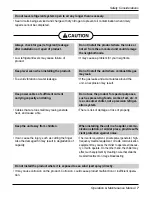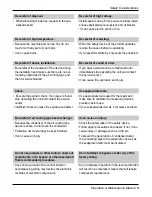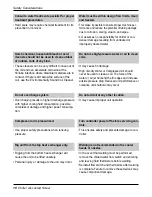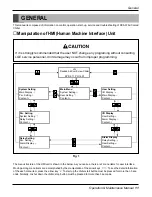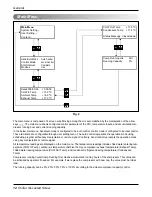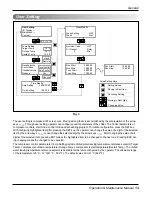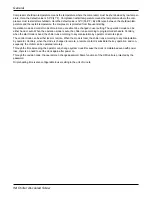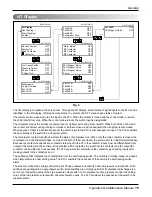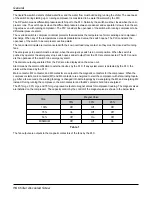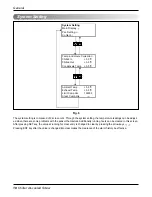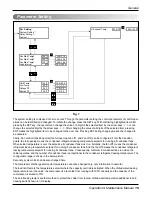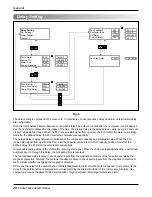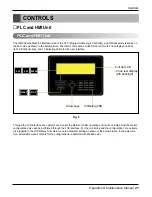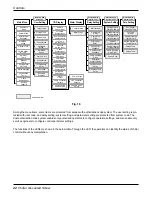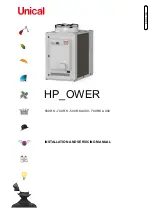
Safety Considerations
Operation & Maintenance Manual 7
Do not leave refrigerant system open to air any longer than necessary.
• Seal circuits being serviced and charge with dry nitrogen to prevent oil contamination when timely
repairs cannot be completed.
Always check for gas (refrigerant) leakage
after installation or repair of product.
• Low refrigerant levels may cause failure of
product.
Do not install the product where the noise or
hot air from the air-cooled unit could damage
the neighborhoods.
• It may cause a problem for your neighbors.
Keep level even when installing the product.
• To avoid vibration or water leakage.
Do not install the unit where combustible gas
may leak.
• If the gas leaks and accumulates around the
unit, an explosion may result.
Use power cables of sufficient current
carrying capacity and rating.
• Cables that are too small may leak, generate
heat, and cause a fire.
Do not use the product for special purposes,
such as preserving foods, works of art, etc. It
is a consumer chiller, not a precision refriger-
ation system.
• There is risk of damage or loss of property.
Keep the unit away from children.
• It can cause the injury, such as cutting the finger.
Also the damaged fin may result in degradation of
capacity.
When installing the unit in a hospital, commu-
nication station, or similar place, provide suffi-
cient protection against noise.
• The inverter equipment, private power generator, high-
frequency medical equipment, or radio communication
equipment may cause the chiller to operate erroneous-
ly, or fail to operate. On the other hand, the chiller may
affect such equipment by creating noise that disturbs
medical treatment or image broadcasting.
Do not install the product where it is exposed to sea wind (salt spray) directly.
• It may cause corrosion on the product. Corrosion, could cause product malfunction or inefficient opera-
tion.

